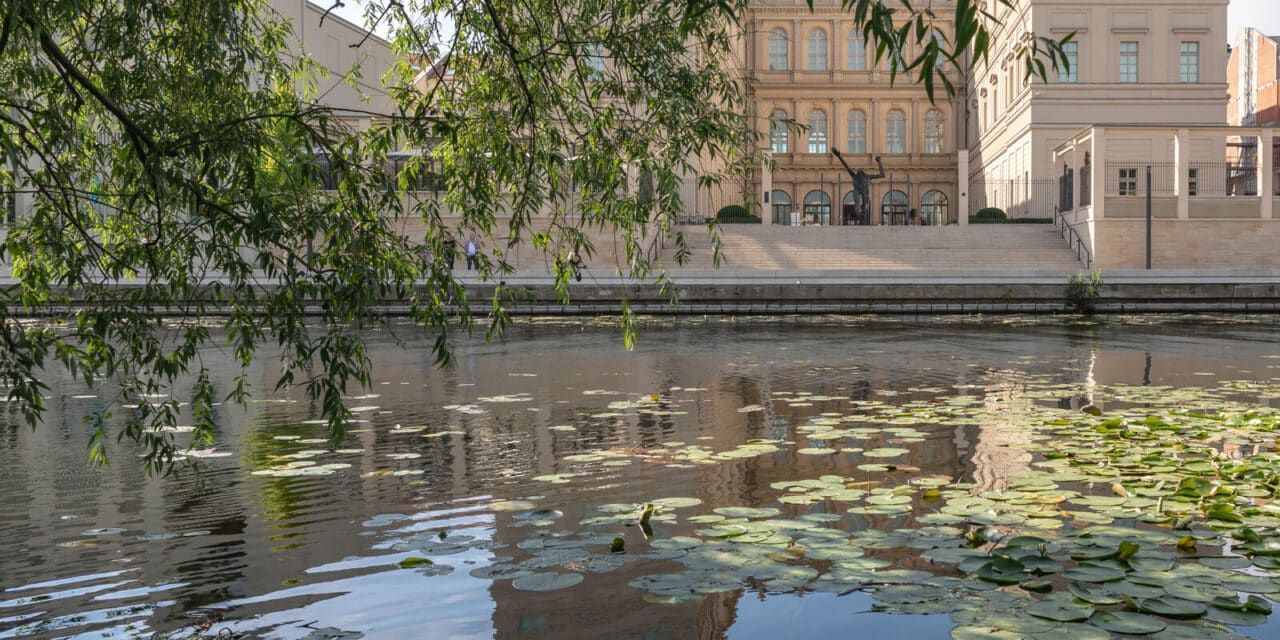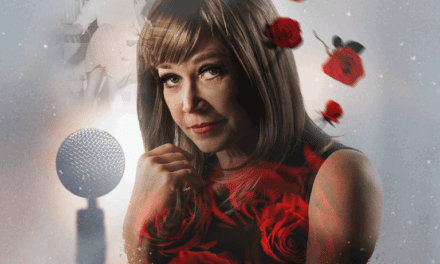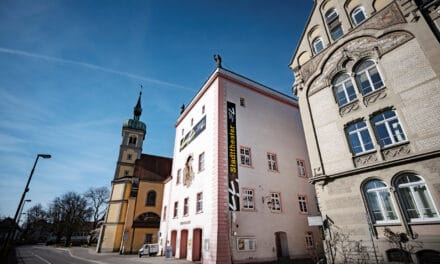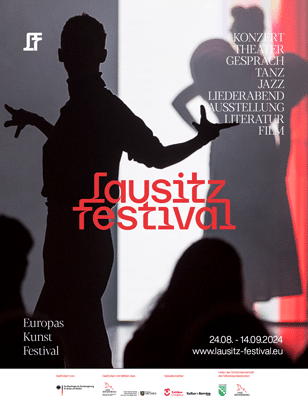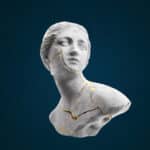The exhibition Modigliani. Modern Views brings together around 100 works. A dialog unfolds between Modigliani's art and the paintings, drawings, prints and sculptures by Gustav Klimt, Jeanne Mammen, Pablo Picasso, Natalia Goncharova, Egon Schiele and Paula Modersohn-Becker, among others. Among the lenders are the Israel Museum, Jerusalem, the Phillips Collection, Washington, D.C., the Pinacoteca Agnelli, Turin, and the Nahmad Collection.
Amedeo Modigliani was a European artist in the broadest and most innovative sense. With his focus on the image of the human being, on the physical and on self-confident femininity, Amedeo Modigliani positioned himself as a pioneer of modernism at a time of formal dissolution, abstraction and misogyny at the beginning of the 20th century. During the First World War, his portraits and nudes accompanied and shaped the development of the human image of a young generation of artists working on figuration in Paris, Vienna, Berlin and Dresden. For the first time, an exhibition on Modigliani extends the view beyond Paris and looks at his work from a European perspective.
For a long time, the development of modern art was described as a path to abstraction. However, the large number of artist groups, their manifestos and also the exhibitions at the beginning of the 20th century testify to the equal perception of different positions by contemporaries. Throughout Europe, there were artists who continued to work on figuration parallel to the innovations of Cubism and Expressionism. Their intensive preoccupation with portraits and nudes was just as provocative as the dissolution of form.
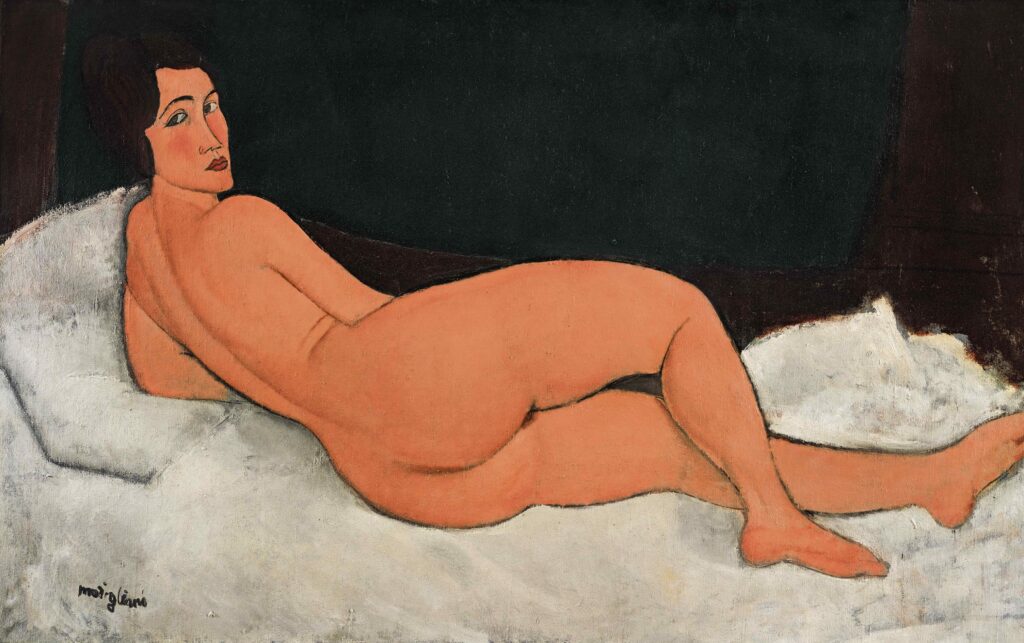
Amedeo Modigliani, Nude woman lying on her side, 1917, Nahmad Collection © Nahmad Collection
It was the traumas of the First World War that gave rise to a cult of coolness in European painting in the 1920s. Women writers, fashion designers and painters also shaped the zeitgeist that would later be called New Objectivity. With short hairstyles and masculine clothing, some of them were fashionably ahead of their time and lived emancipation. Modigliani had already met the women of this time, who were associated as modern bourgeois, in the circle of the Parisian avant-garde. Encouraged as a child by his mother and aunt, who taught languages and were gifted in literature, Modigliani sought the proximity of intellectual and artistically educated women before and after the First World War, who were exploring new scope in Parisian artistic life. Modigliani transferred reflections of these relationships to his paintings and portrayed both sexes of the Parisian avant-garde as cosmopolitan artist friends across borders. The stoic noblesse of his portraits anticipated the New Objectivity. Modigliani depicted the new image of man without expressive tendencies, portrayed the emancipated woman without the cold distance of New Objectivity or the dissecting view of post-war society. Modigliani even reduced references to the sitter's social background to a minimum. His portraits of women and nudes showed the self-confident naturalness of a femme moderne.
April 27 to August 18, 2024
www.museum-barberini.de
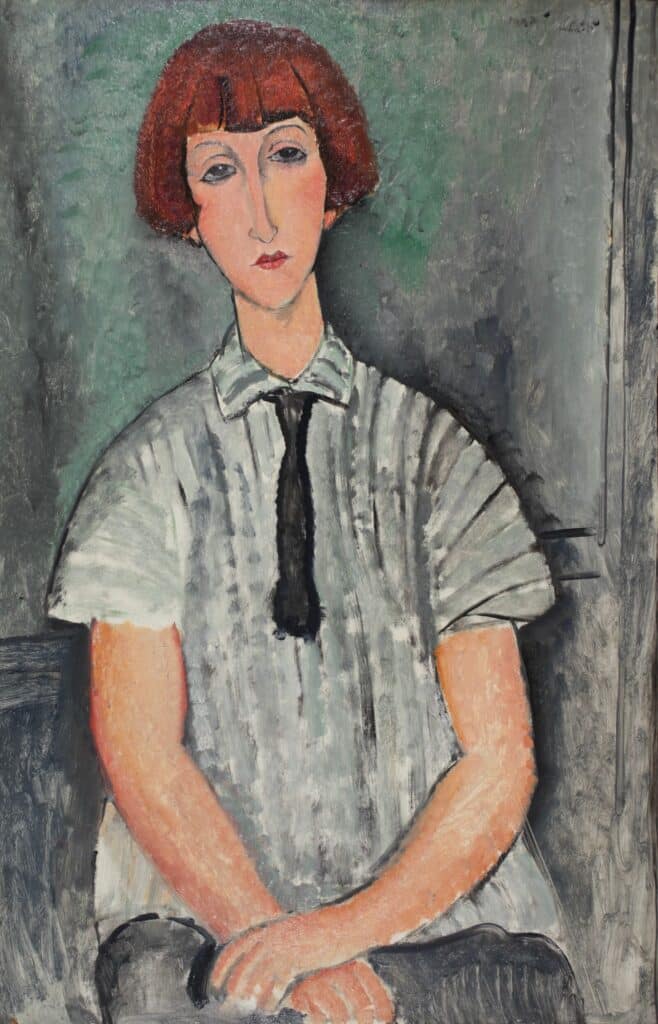
Amedeo Modigliani: Girl with a striped blouse, 1917, Nahmad Collection © Nahmad Collection

